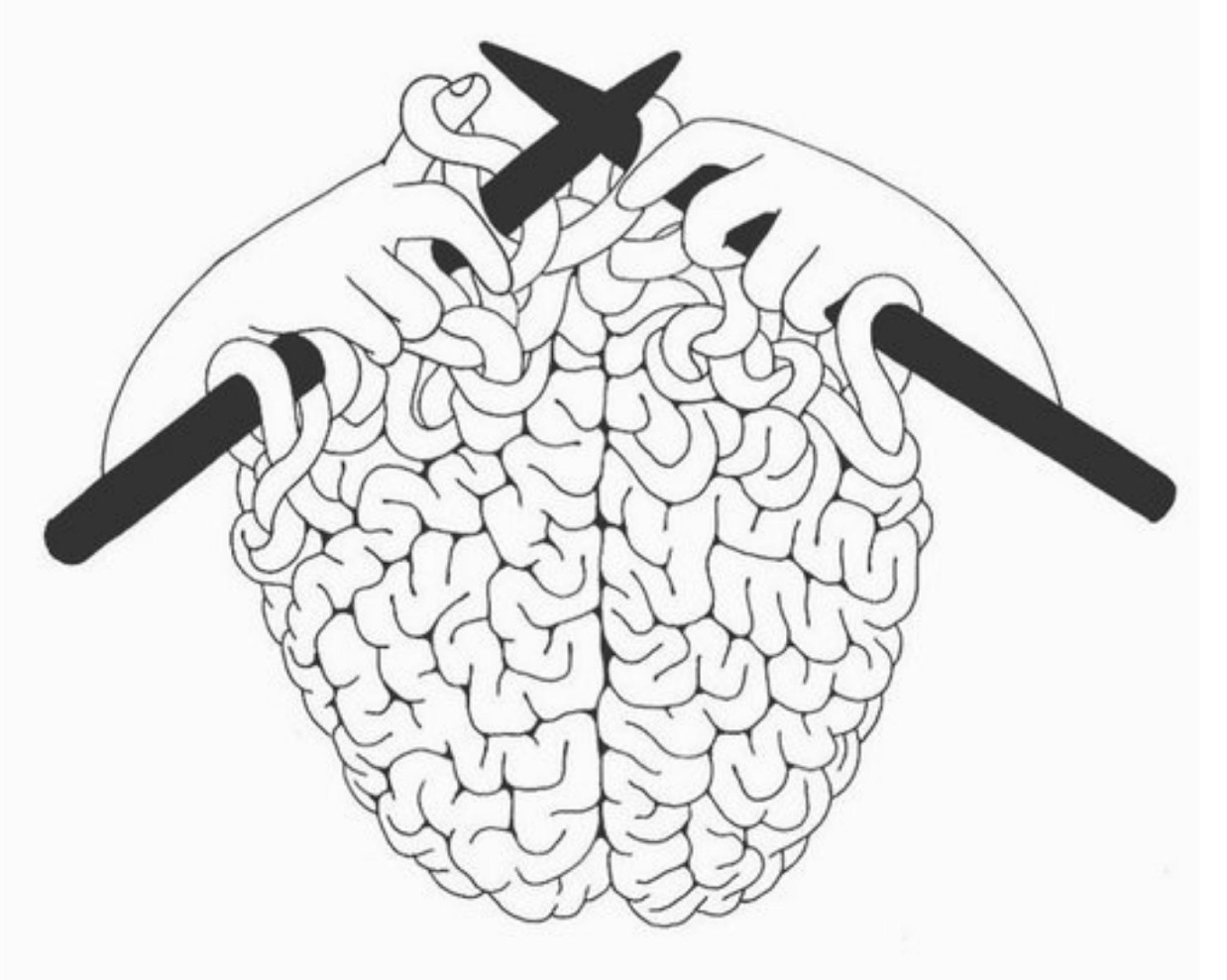
Brain Science to Inform Your BSP Practice/AKA Animal Brain Gone Wild!
See the Event Link for details about this specialty training.
When:
October 15 & 22, 2021, 2 Fridays
Live Interactive Webinar
10am-5pm Eastern
For other time zones please see:
https://www.thetimezoneconverter.com
Contact Deb Antinori with any questions –dantinori@gmail.com
For 12 CE’s from RCassidy: https://www.academeca.com/CEUReg/Order.aspx?selectedId=4301&offerGuid=b9a72307-ff8e-4b74-bb54-a342a6e1a5c3
$30.00
Course description
We will begin with some brain anatomy and “geography” – terms for where things are in the brain such as ventromedial, dorsolateral, middle prefrontal, etc. In understanding our current theories about how Brainspottiing works in the brain, a deep dive into Damir del Monte’s theory of regulating areas of the brain, and Frank Corrigan’s retina to midbrain connection (Superior Colliculus) will be explored.
Finding ways to explain Brainspotting to a client or a colleague will be discussed – how to make the complex understandable and relatable. Offering a Brainspotting Experience to a client or colleague will be demonstrated. Those who could discriminate “Where they look affected how they felt” will be explored in explaining to the client how Inside Window can be used, and Outside Window can be offered to those who experience no difference across the visual field.
Lecture, PowerPoint, experiential exercises, Self-Spotting, practicum, and some fun ways to learn the material including cartoon PPT and brain coloring book activities will be offered. Learning the didactic material about brain function and how that relates to Brainspotting practice will be alternated with Self Spotting exercise and practicum in dyads s to integrate the learning and harness the subcortical brain.
Course Objectives
Attendees will be able to:
- Communicate in layman’s terms our current theories regarding how Brainspotting works in the brain/body.
- Identify the brain mechanisms that inform us why Brainspotting seems to work as profoundly as it does.
- Describe how the brain moves from dysregulation to regulation.
- Contrast the differences between agranular vs granular isocortex functions, and describe why they matter in Brainspotting.
- Locate the areas and describe the functions of the allocortex that assist in regulation (insula, hippocampus)
- Describe the function of the main component of the “alarm system”, the amygdala.
- Communicate the function of the HPA axis in layman’s terms.
- Relate the importance of the survival programs that begin in the PAG (periaqueductal grey in the midbrain portion of the brainstem) in a manner clients can understand.
- Describe the insula and Orbitofrontal Cortex functions (rather than the mirror neurons) for our embodied experience (Damasio’s “the material me”) and our capacity for empathy.
- Experience how the cortical brain studying the subcortical brain upgrades your attunement – Self Spotting experiential exercise.
- Explain how expansion may arise from an insular cortex and Basal Ganglia functional point of view.
- Describe why the hippocampus needs to be “hip”: explicit memory is evolutionarily designed to be updated.
- Compare the two distinct anatomical and neurochemical pathways for fearful experiences – FEAR and PANIC/GRIEF/Separation Distress (from Jaak Panksepp, Affective Neuroscience), and how to “squeeze the lemon” in cases of anxiety, fear, phobias and other defensive survival responses.
- Learn and metabolize the neurobiological reasons to “WAIT” (Why am I Talking?) in working with clients.
PRESENTER: Deborah Antinori, MA, NCC, LPC, RDT, FT
Meet the Trainer: Deb Antinori, MA, LPC, FT, RDT
Deb has studied with Frank Corrigan (Superior Colliculus “orienting” theory) and currently studies with Damir del Monte (theory regarding regulating parts of the brain). She is an avid brain student having received her Certificate in Medical Neuroscience through coursera.org taught by Professor Len White of Duke University. She is beginning her PhD on the Visual System, Brainspotting and other modalities utilizing the visual field through the International University for Graduate Studies.
Target Audience: CE info TBA
NOTE: Student attendees must either be a student in an accredited program in counseling, psychotherapy, psychology, social work, MFT or medicine or have graduated from an accredited program.
This course is geared for all Levels (Beginner, Intermediate, Advanced).
If you have questions about the training, please feel free to reach out to me through this site or call me at 908 507-4254.
For grievances or complaints, contact me at the above number.
There is no conflict of interest or commercial support for this program.
Schedule for October 15, 2021
10-10:30am
Introductions, schedule, tech information for Zoom
10:30-11:00 PowerPoint Lecture
11:00-11:15 Q&A
11:15-11:25
Break
11:25-11:35 Self Spotting Exercise
11:35m-11:50pm Debrief
11:50am-12:20pm PowerPoint Lecture
12:20-1 Q&A
1-1:45pm
Lunch
1:45-2:30 PowerPoint Lecture
2:30-2:40 Q&A
2:40-2:45
Break
2:45-3:30 PowerPoint Lecture
3:30-3:45 Q&A
4-4:20 Practicum – 10 min each
4:20-4:30 Debrief
4:30-4:50 PowerPoint
4:50-5pm Q&A
5pm End of Day 1
Schedule for October 22, 2021, 10am-2pm Eastern
10-10:20am Check-in, Q&A
10:20-10:40 Review PowerPoint Lecture
10:40-10:50 Q&A
10:50-11:15 PowerPoint Lecture (new material)
11:15-11:20
Break
11:20-11:30 Q&A
11:30am-12pm PowerPoint Lecture
12-12:15pm Q&A
12:15-12:35 Practicum
12:35-12:50 Debrief Practicum
12:50-1pm
Break
1-1:30pm PowerPoint
1:30-1:45pm Q&A
1:45-2pm Break
2-3pm Practicum
3-3:30pm Debrief Practicum
3:30-3:45pm Break
3:45-4:30pm Power Point
4:30-5pm Q&A and Closure

